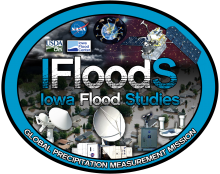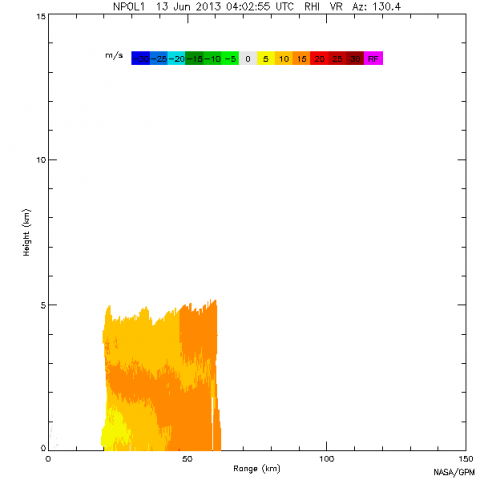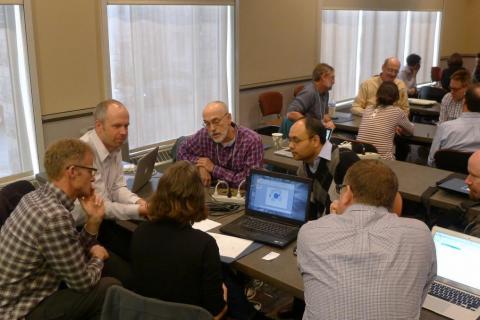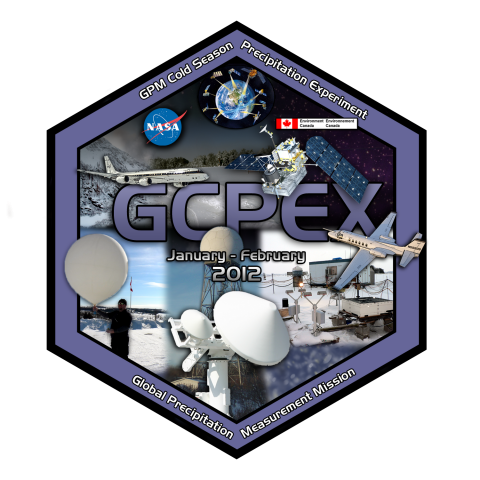GHRC has released a Guide supporting two similar datasets for the GCPEX and MC3E campaigns: GPM Ground Validation NCAR Cloud Microphysics Particle Probes. Both datasets provide data from three instrument probes carried aboard the University of North Dakota (UND) Cessna Citation aircraft. These probes, the 2D-C, Cloud Imaging Probe (CIP) and High Volume Precipitation Spectrometer (HVPS-3), collected particle size distributions and particle images which were processed by NCAR. Derived parameters include ice water content, liquid water content, and total number concentration. The GPM Cold-season Precipitation Experiment (GCPEx) took place in Ontario, Canada during the winter season of 2011-2012, and the Midlatitude Continental Convective Clouds Experiment (MC3E) occurred in central Oklahoma during the April-June 2011.












